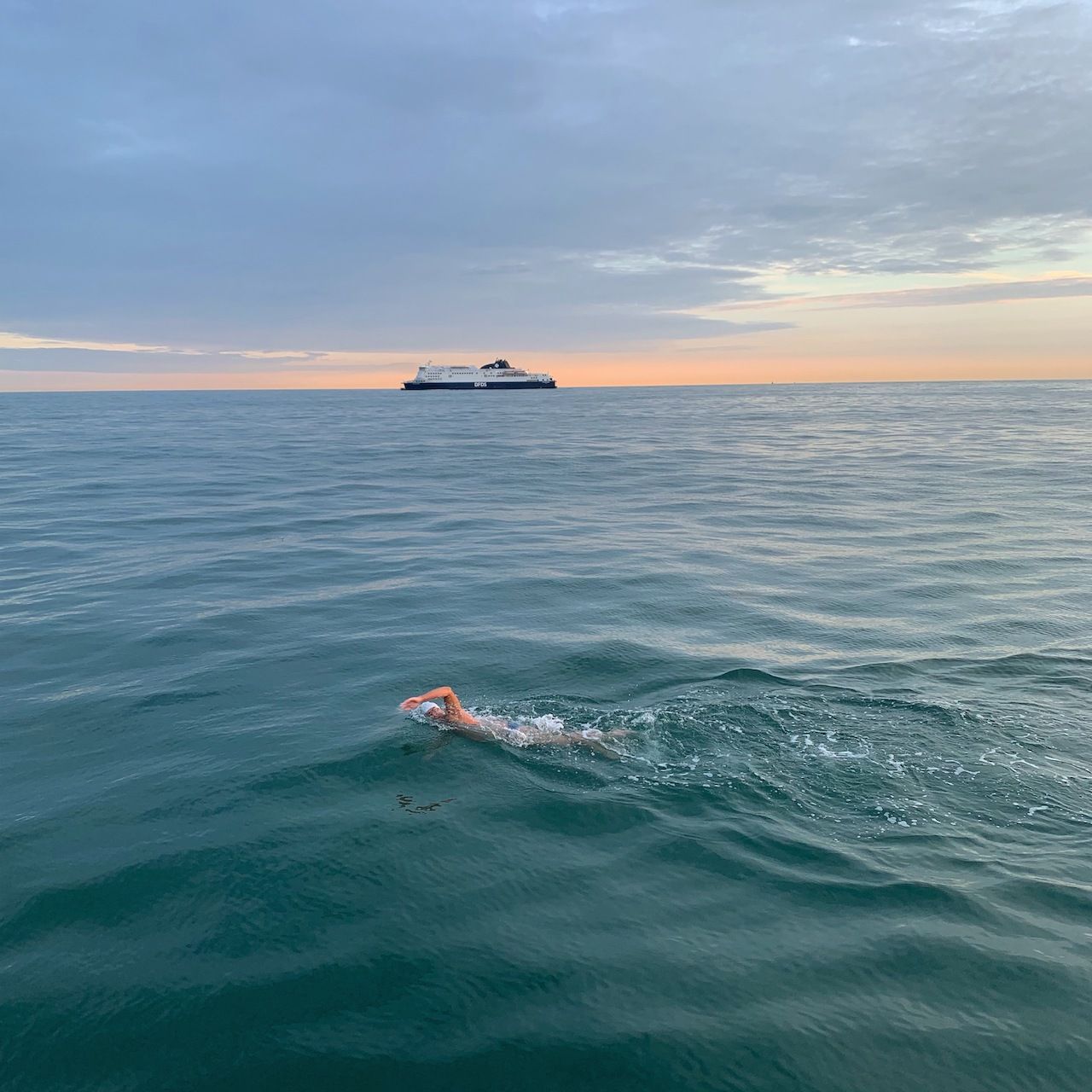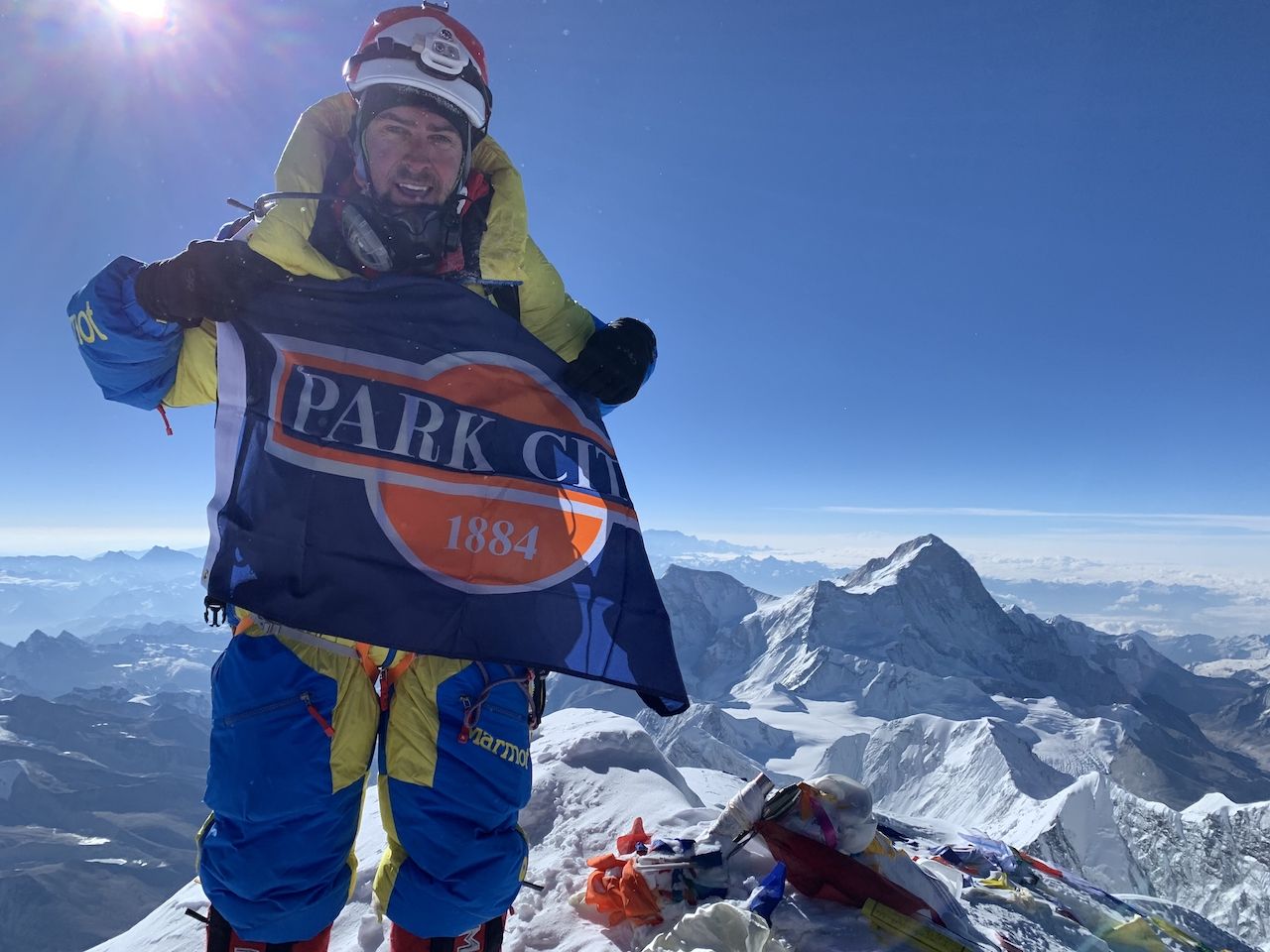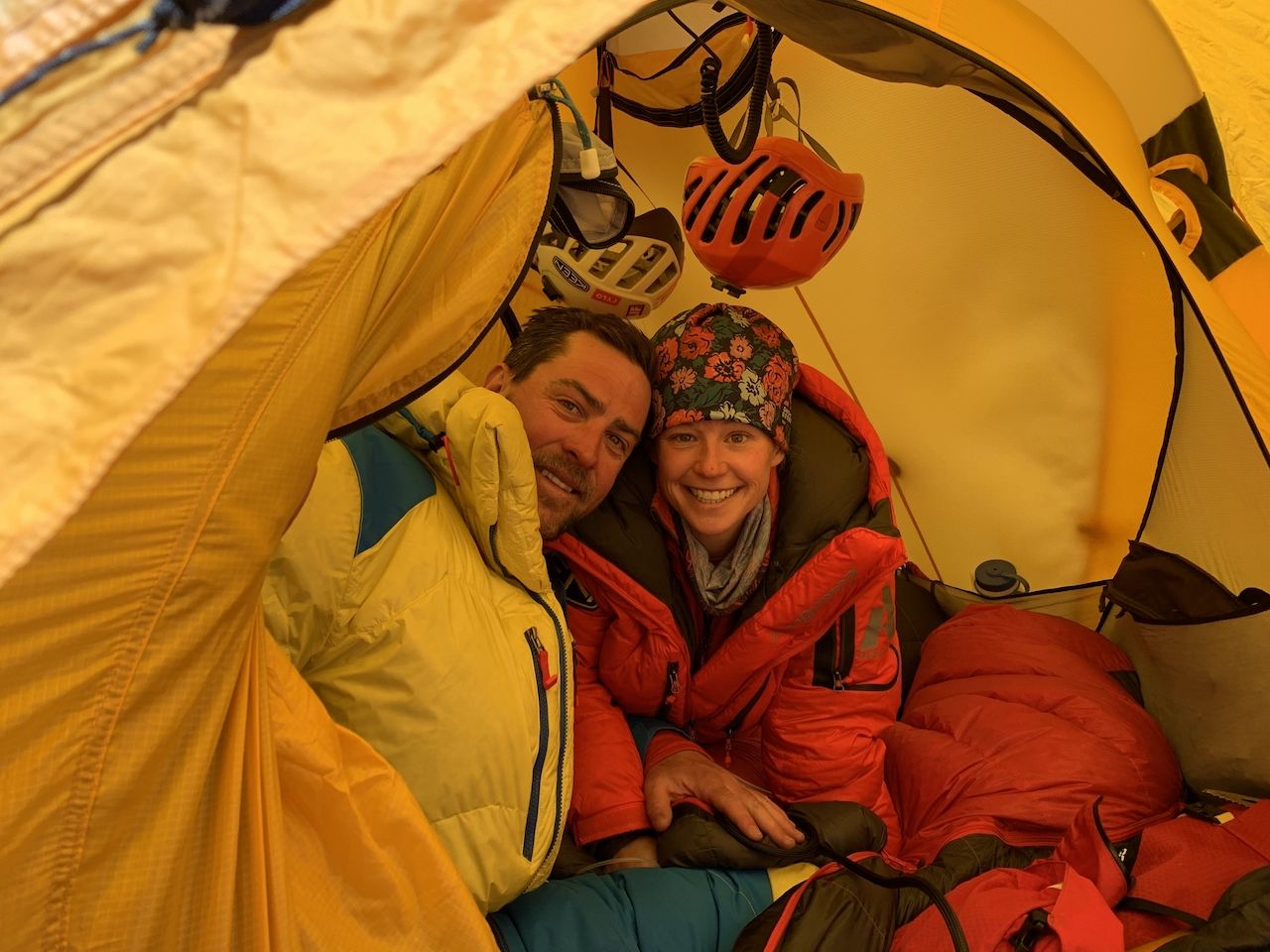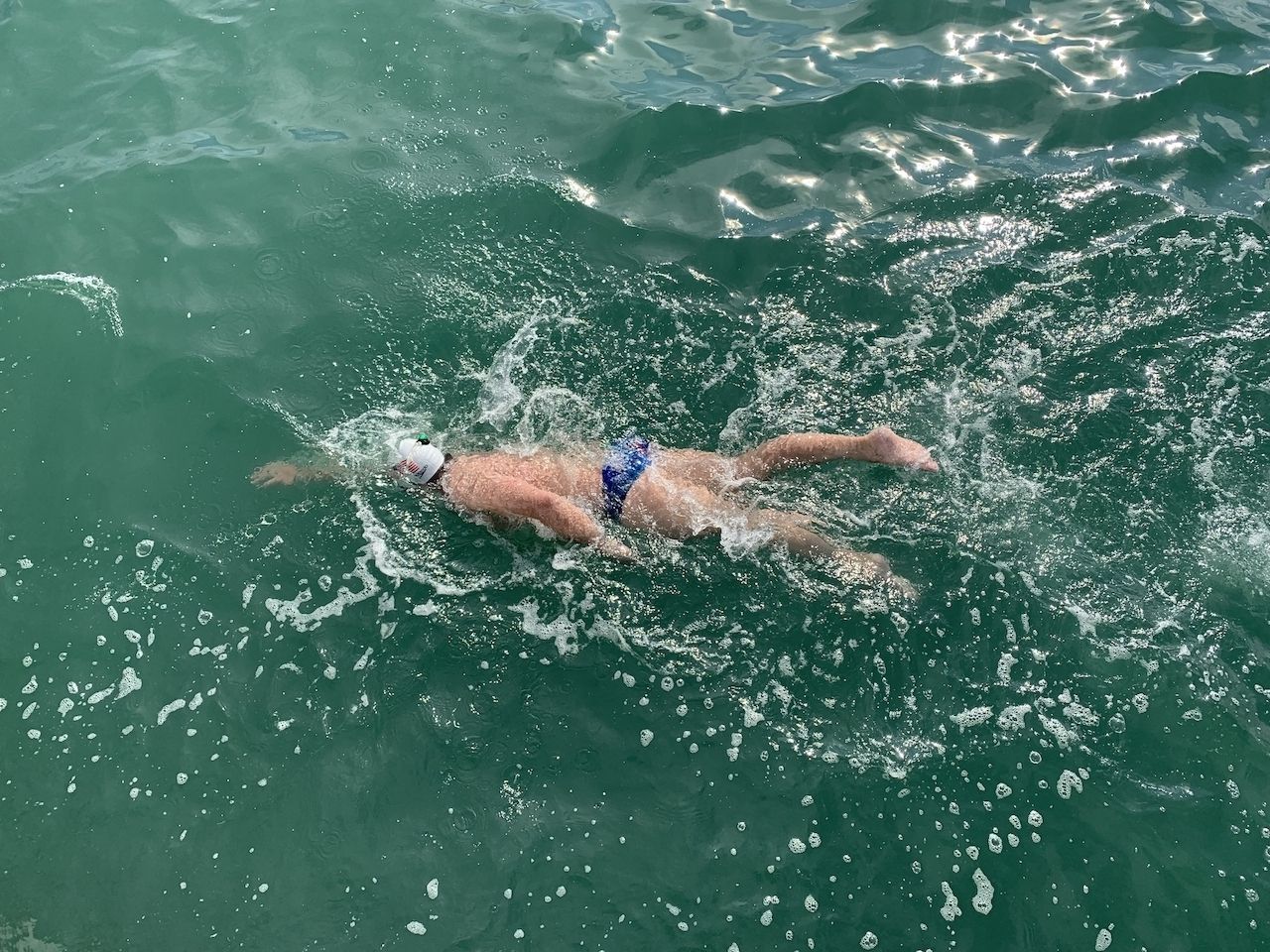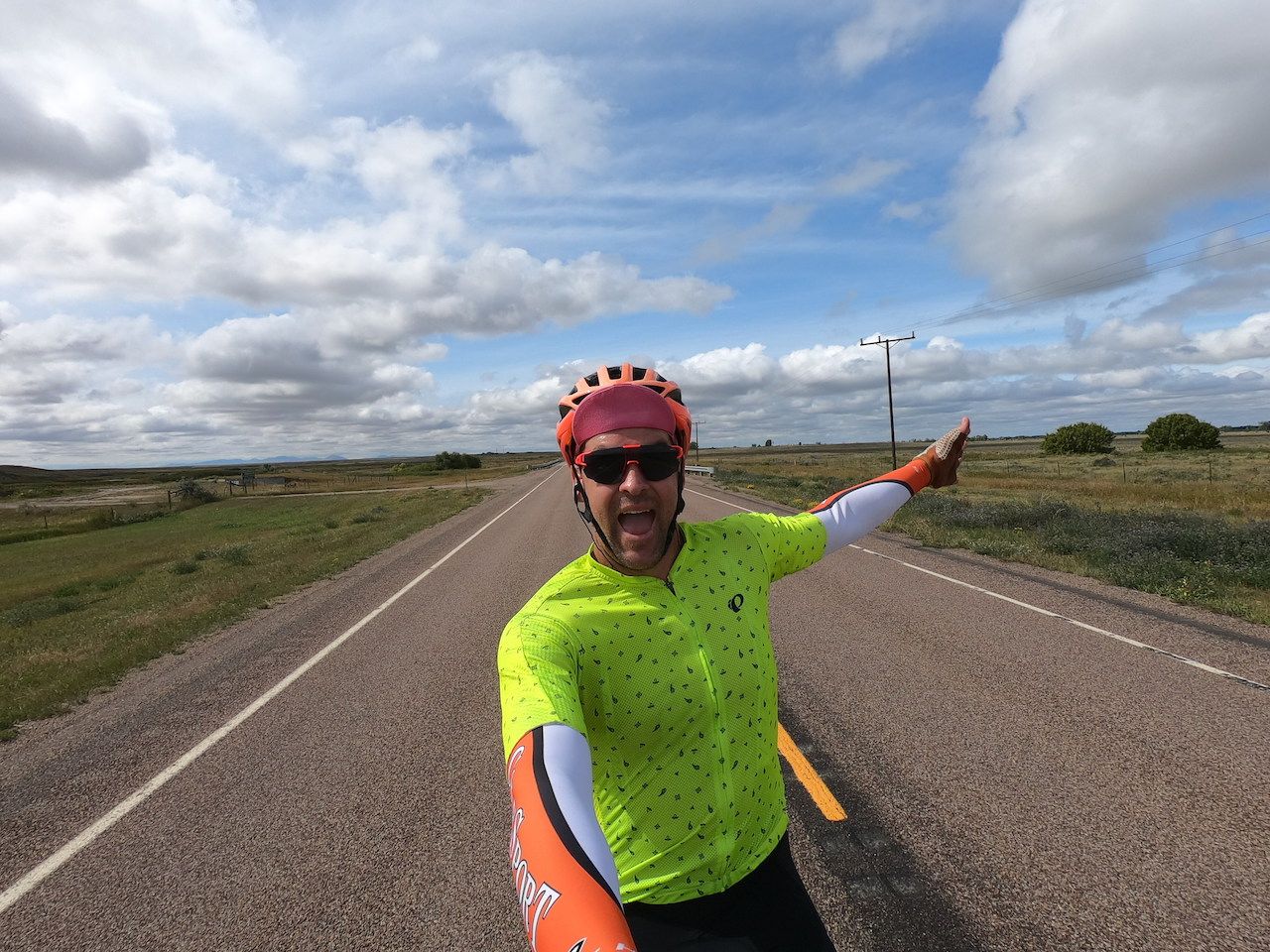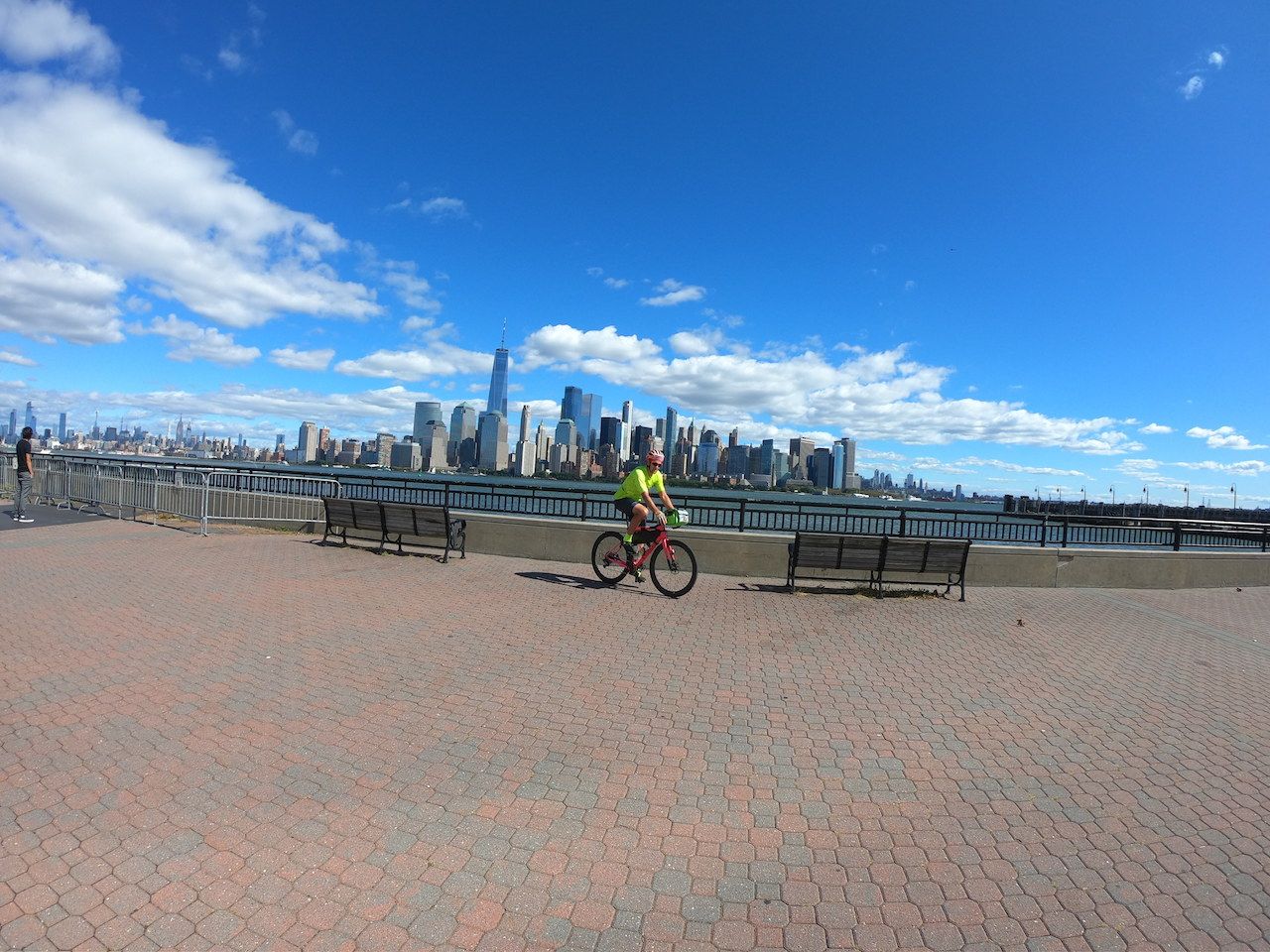After summiting Mount Everest in April of last year, Rob Lea still had two legs of his Ultimate World Triathlon to go: swimming the English Channel and cycling across the United States. With just a month between Everest and the Channel, Lea got ready. By eating. A lot.
“All I did was eat as much as possible,” says Lea. “I had a ton of beer and a pizza sponsor. The local pizza company here was just giving me as much pizza as I wanted…I was eating pizza in bed right before I went to sleep, and just getting as many carbs as I could. I wasn’t eating whenever I was hungry. I was eating whenever I wasn’t full.”

